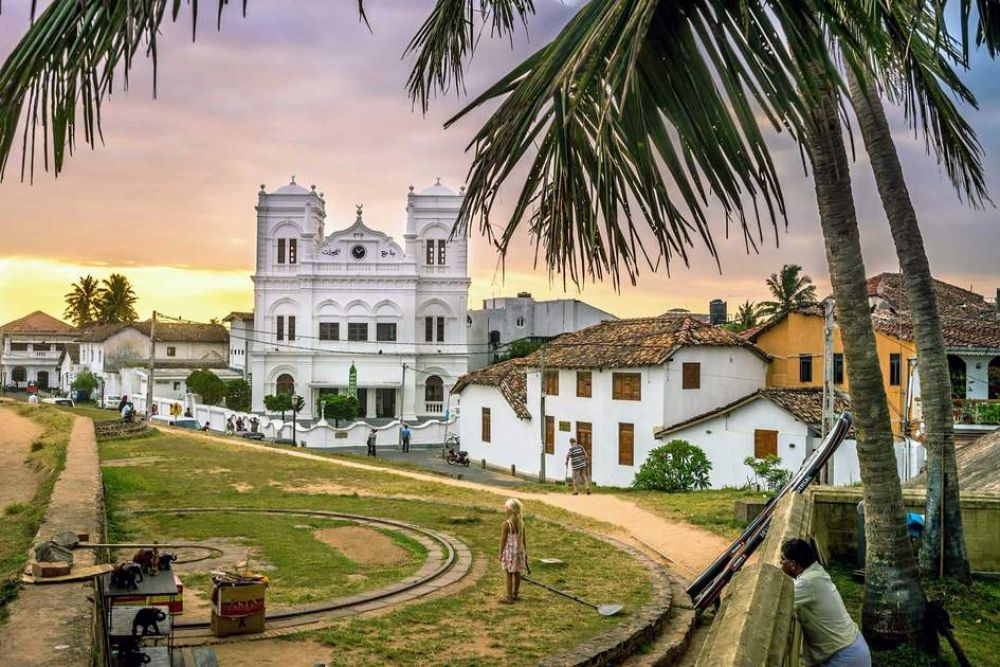

The Galle Dutch Fort, also known as the Galle Fort, is a historical, archaeological, and architectural heritage monument which bears witness to a unique intertwining of European and South Asian cultural influences. The fort's construction was started in 1588 by the Portuguese, later extensively fortified by the Dutch in the 17th century from 1649 onwards. It is a living, breathing fort with an active community residing within its walls.
Galle, located on the southwestern tip of Sri Lanka, became an important stop on ancient trade routes because of its strategic location. With the arrival of colonial powers, the need for a fortified base became clear, leading to the birth of this grand fortification. The Galle Dutch Fort is now recognized by UNESCO as a World Heritage Site, highlighting not just its past military significance but also its historical role in international trade and culture.
Tourism at the Galle Dutch Fort has a storied history dating back to the colonial period when it was a hive of mercantile activity. However, modern tourism began to flourish in the latter part of the 20th century as travelers started to seek out exotic destinations. The recognition of Galle Fort as a UNESCO World Heritage Site in 1988 marked a significant increase in global interest. This acknowledgment acted as a catalyst for the preservation and restoration of the fort, which in turn attracted more tourists.
In the early days, the fort saw a trickle of history enthusiasts and colonial architecture aficionados. Over the years, the quaint streets, the ramparts overlooking the Indian Ocean, and the eclectic mix of Dutch colonial buildings, churches, mosques, the Galle Lighthouse, and a growing collection of boutique hotels and shops have turned it into a popular tourist destination.
Recently, there has been a shift toward sustainable and responsible tourism in Galle. Tourists are increasingly engaging in activities that support local communities, respect the cultural heritage of the area, and minimize their environmental impact. There has been a rise in boutique accommodations and eateries that prioritize local traditions and eco-friendly practices.
Cultural tourism also remains strong with visitors taking part in historic walks, shopping for artisanal crafts, and experiencing traditional Sri Lankan ceremonies and festivals such as the Galle Literary Festival. The interest in authentic experiences has spurred the growth of local guided tours that delve into the history and culture of the fort.
COVID-19 has had a noticeable impact on tourism globally, and Galle was no exception. However, the destination has seen a slow but steady recovery with the implementation of safety protocols to ensure the health and well-being of both tourists and residents.
Another recent trend is digital nomadism, with remote workers looking for unique destinations offering a mix of culture, history, and modern amenities to set up their temporary base. The fort's enchanting atmosphere coupled with modern necessities provides an ideal setup for these travelers.
In conclusion, the Galle Dutch Fort has made an indelible mark on the history of tourism in Sri Lanka, evolving from a colonial stronghold to an enduring symbol of the nation's multi-layered heritage. As it continues to adapt to the latest trends, the fort remains a vibrant testament to Sri Lanka's past and a beacon for its future in tourism.